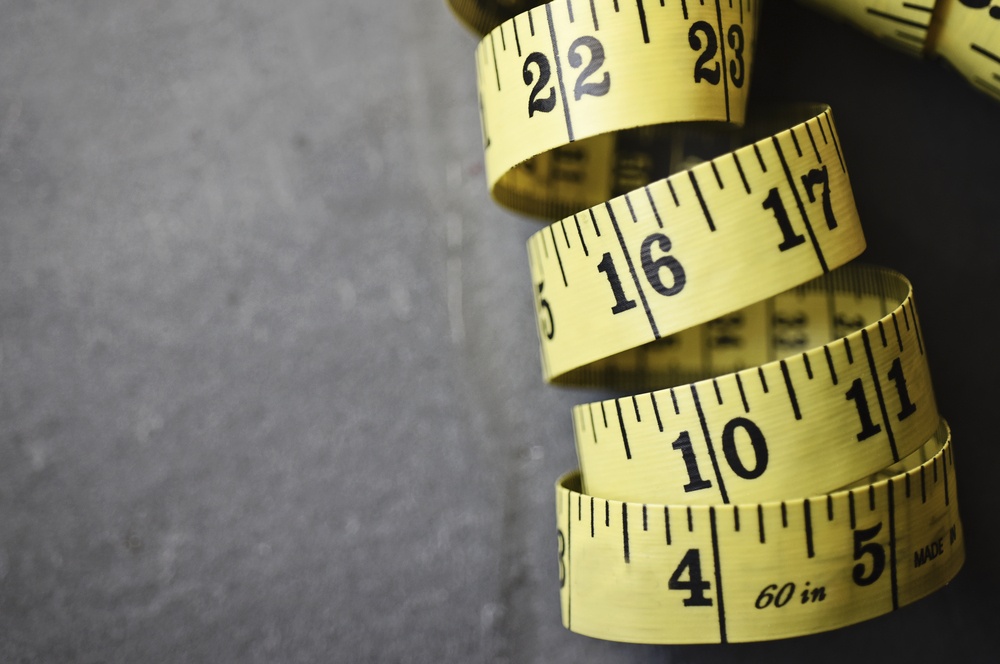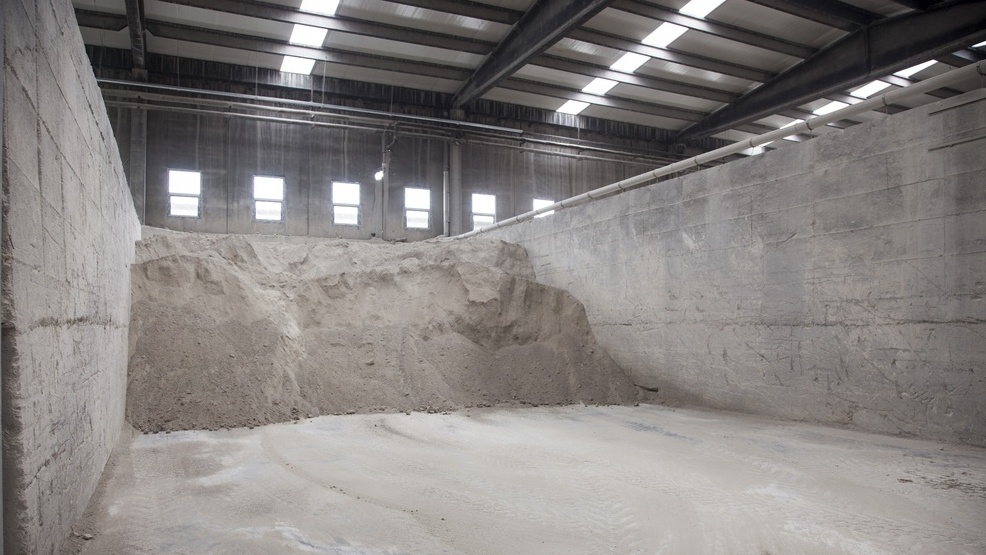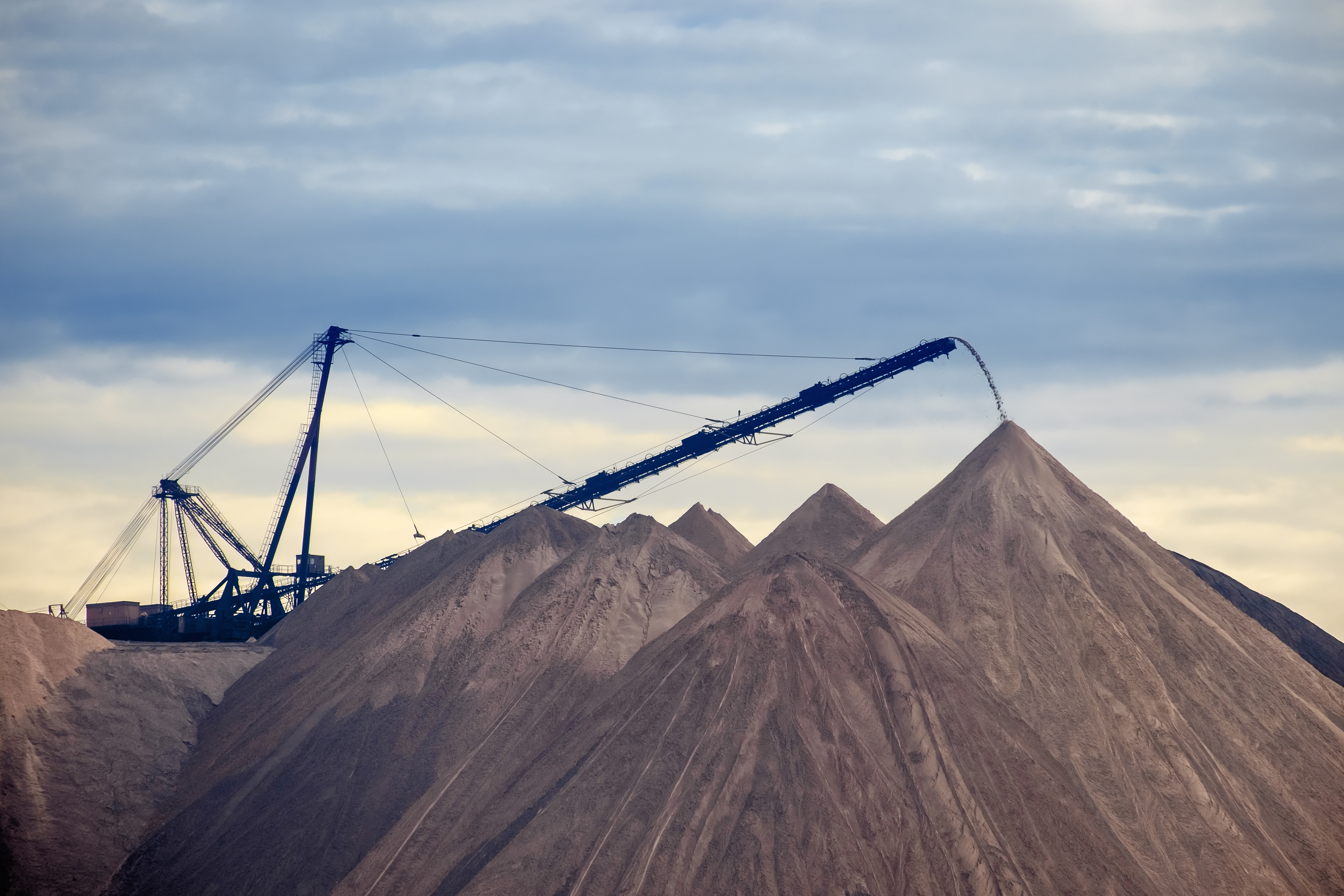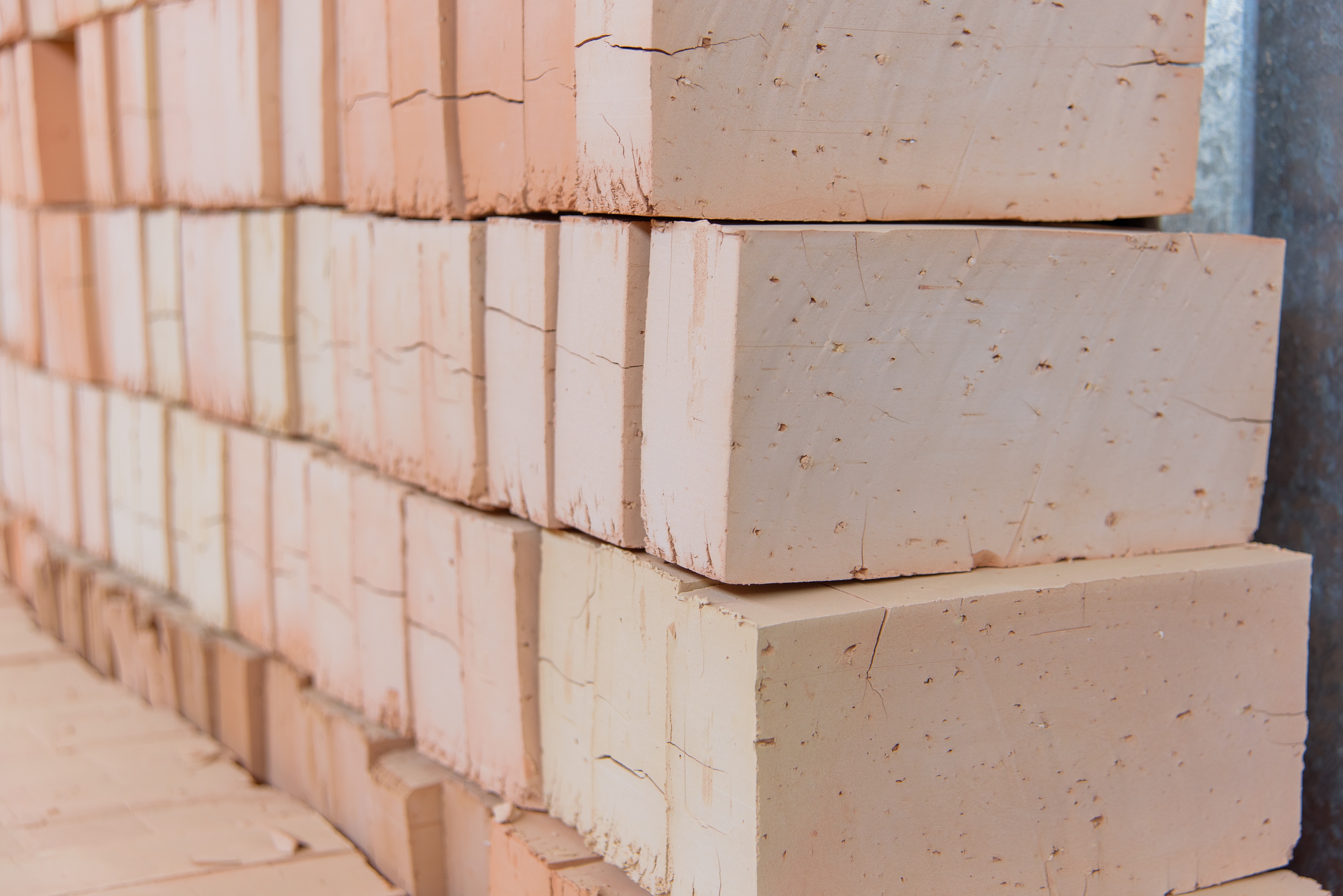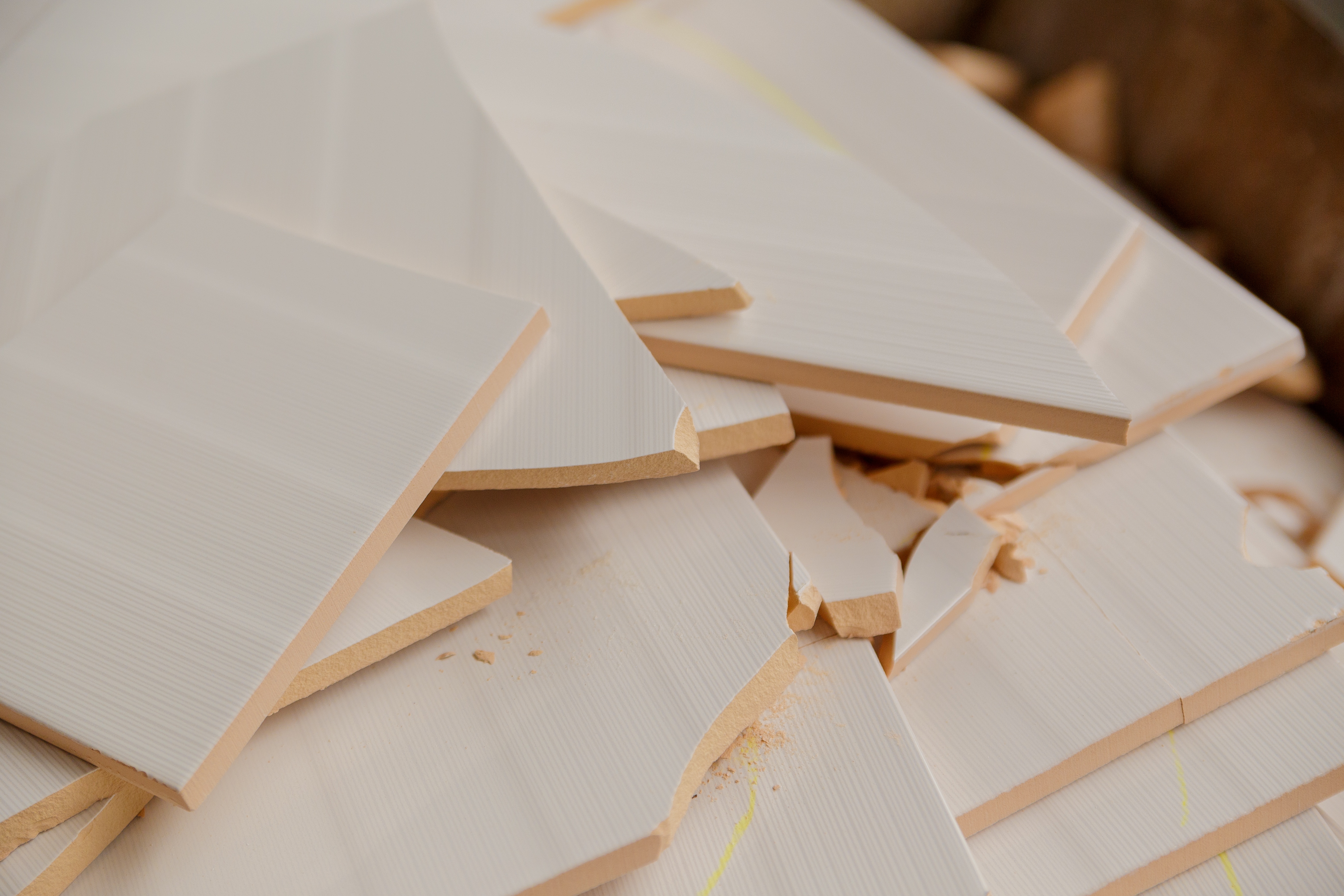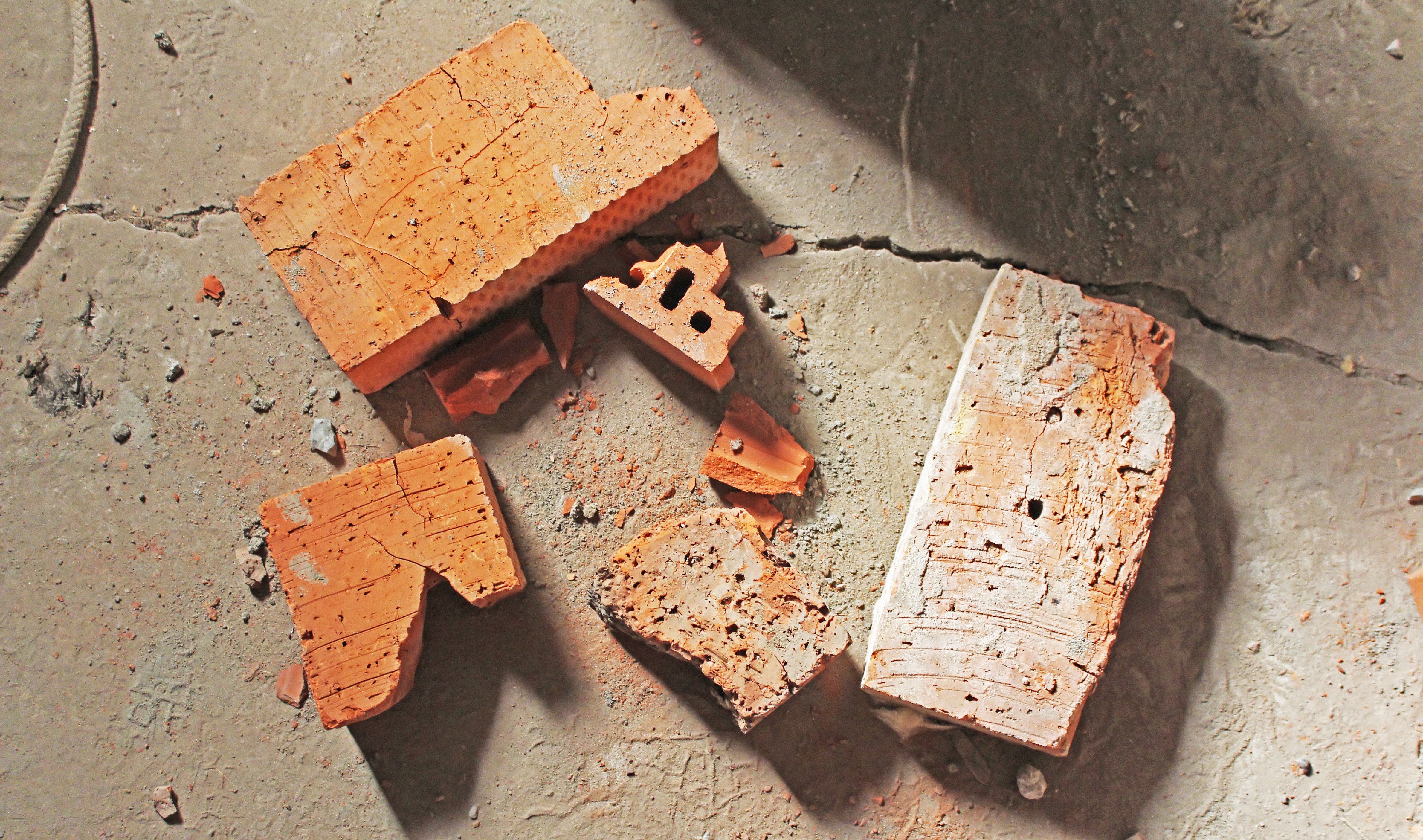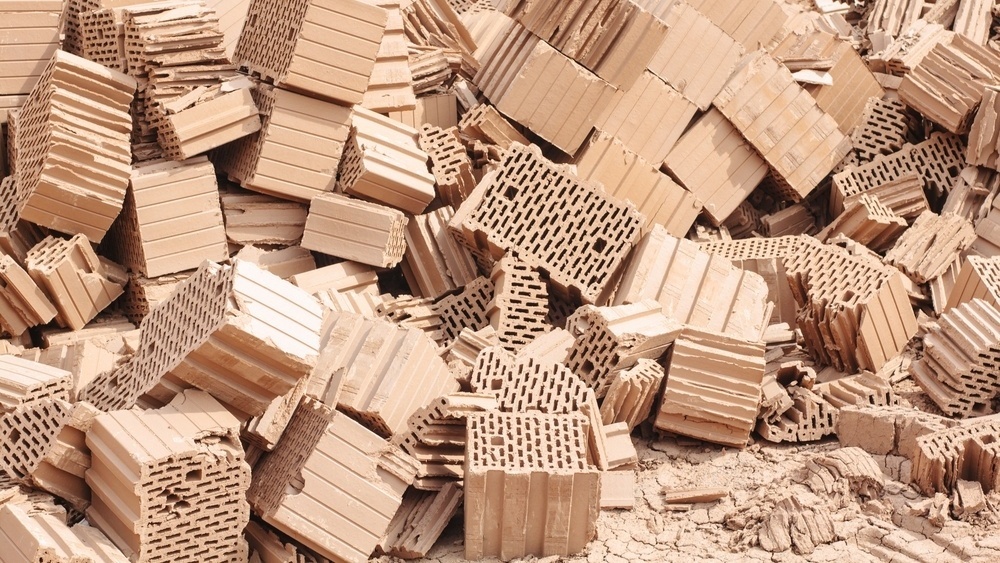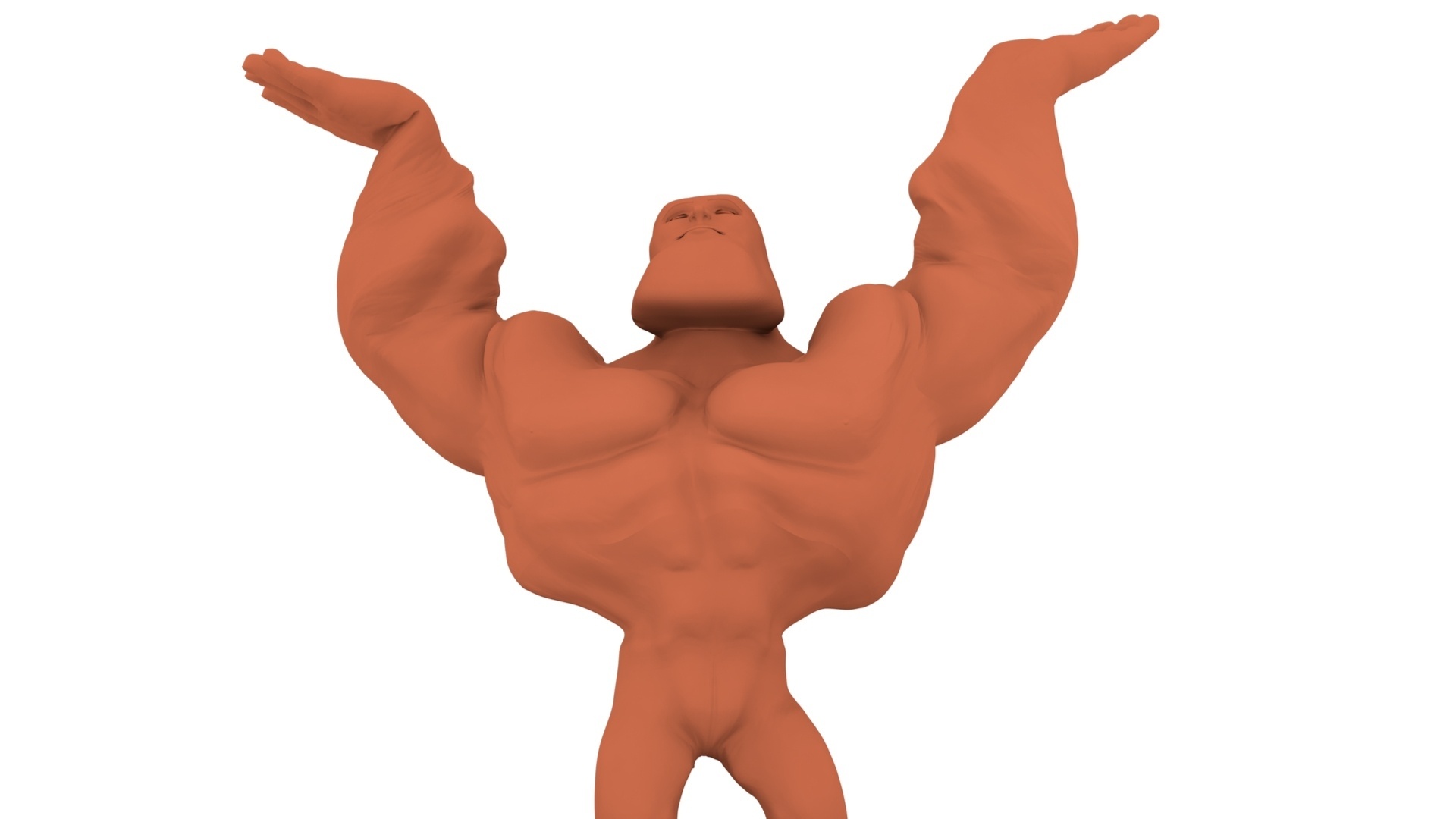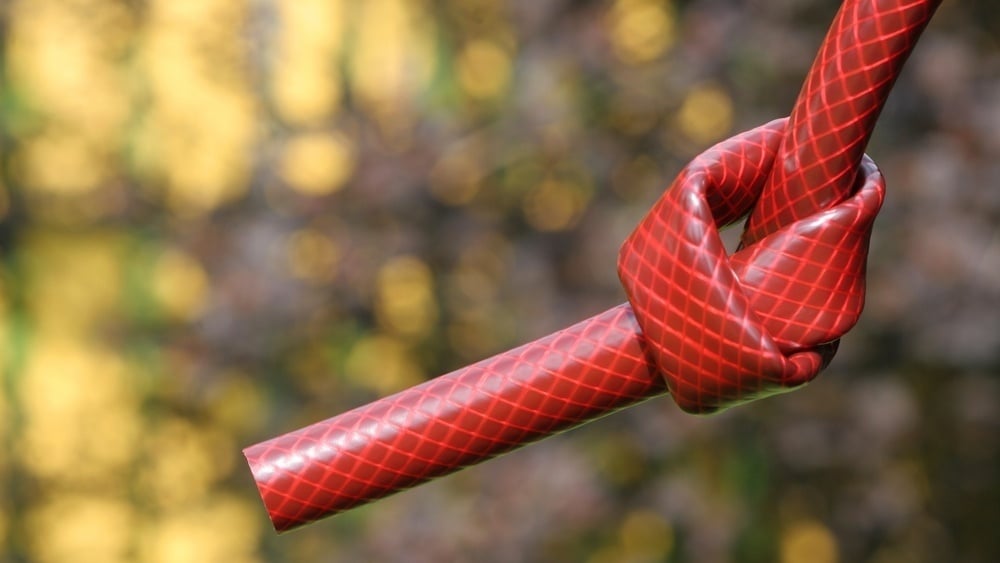Plasticity is the characteristic behaviour of a ceramic material to become permanently deformed after the application of an external force. This property is the most characteristic one in clays, and there are some factors that influence the plasticity and they should be considered in plasticity measurements:
Different methods for plasticity measurement of a ceramic material
By Rosa Mediavilla 27-Jul-2017 07:33:00
Temaer: Structural, Decorative, Plasticity
The first process required to begin the production of clay bricks or roof tiles is to make available the raw materials required for the process. The major material used in manufacture are clays and as such brickworks will have been built as close to a clay quarry as possible although some clays are still trucked in to aid in varying colours and technical characteristics.
Temaer: Structural
Clay formulation improvement for a better decorative tile production
By Miguel Ten 13-Jul-2017 07:30:00
Clay body formulation has been in a continuous evolution since the modern-day tile industry trended towards large and more aesthetic in appearance. This evolution is calling for adjustments to achieve required performances whilst optimizing production costs.
Temaer: Decorative, large tiles, raw materials, Clay additives
How to reduce breakage and rejection in the manufacturing of bricks and rooftiles
By Jack Pongdet 06-Jul-2017 07:30:00
Breakage and rejection are two of the most common problems in ceramic manufacturing processes and It can come from a wide range of issues. Most ceramic manufacturers try to reduce their breakage and rejection as low as possible because small defect in a ceramic product can devalue the product by more than 50% or even mean a loss for a premium grade producer.
Temaer: Structural
The video underneath shows an Indonesian factory producing large porcelain tiles. These white body tiles measure 120cmx60cm and, as you can see, due to its large size and thinness, they break easily during the production process, especially in those plants where layout imposes direction and/or level changes. Breakages and cracks are usual and happen for several reasons. The good news is that there are also various ways to deal with them. In the video, adding additives was the most effective way to mitigate this breakage rate.
Temaer: Decorative
Eliminating cracks in your brick production: not as difficult as you think.
By Bill Daidone 22-Jun-2017 07:30:00
Drying is one of the most critical parts of making quality brick. There are a number of things that can be done to improve drying and reduce drying defects. In order to reduce cracking there needs to be an understanding of the drying process and understanding of the brick body that is being dried.
Temaer: Structural, Refractory
Decorative tiles from low plasticity clays: How to overcome challenges and keep high quality?
By Miguel Ten 15-Jun-2017 07:30:00
The clay does not last forever and, with limited deposits and high market demands, the best clay is very expensive. Add to that the conflict in Crimea, where the Russian occupation has choked the supply of cheap Ukrainian high-quality clay, and you face a situation where lack of supply has caused the raw material prices to increase five times since the manufacturers started using it. This is, of course, critical for the industry, but the forward leaning manufacturers go looking for alternative sources.
Temaer: Decorative, large tiles, Plasticity, case study
All brick and tile manufacturers strive for the elusive 100% yields, but in reality, the norm is anywhere from circa 50% upwards depending upon raw materials, products being produced and processes. These losses have been seen to occur in the extruding/moulding of the clay products, during the drying and firing processes and throughout all handling stages of production.
Temaer: Structural
Having a less fragile clay body after the tile is pressed is not only down to buying expensive high plasticity clay. There are workarounds to increase the Ceramic Green Strength without emptying your pockets. Read on to find a solution that fits your production.
Temaer: Decorative, Green Strength
Various amounts of water are added within brick and tile manufacturing depending upon which process route you choose. A stiff extrusion may have water content as low as 10% while a soft mud factory may be as high as 30%. With hand made and water-struck products, this water addition value may even go higher. However, although these levels of water may be advantageous for manufacturing, they still require to be driven out during the drying process to enable the products to be fired.
Temaer: Structural, Clay additives

